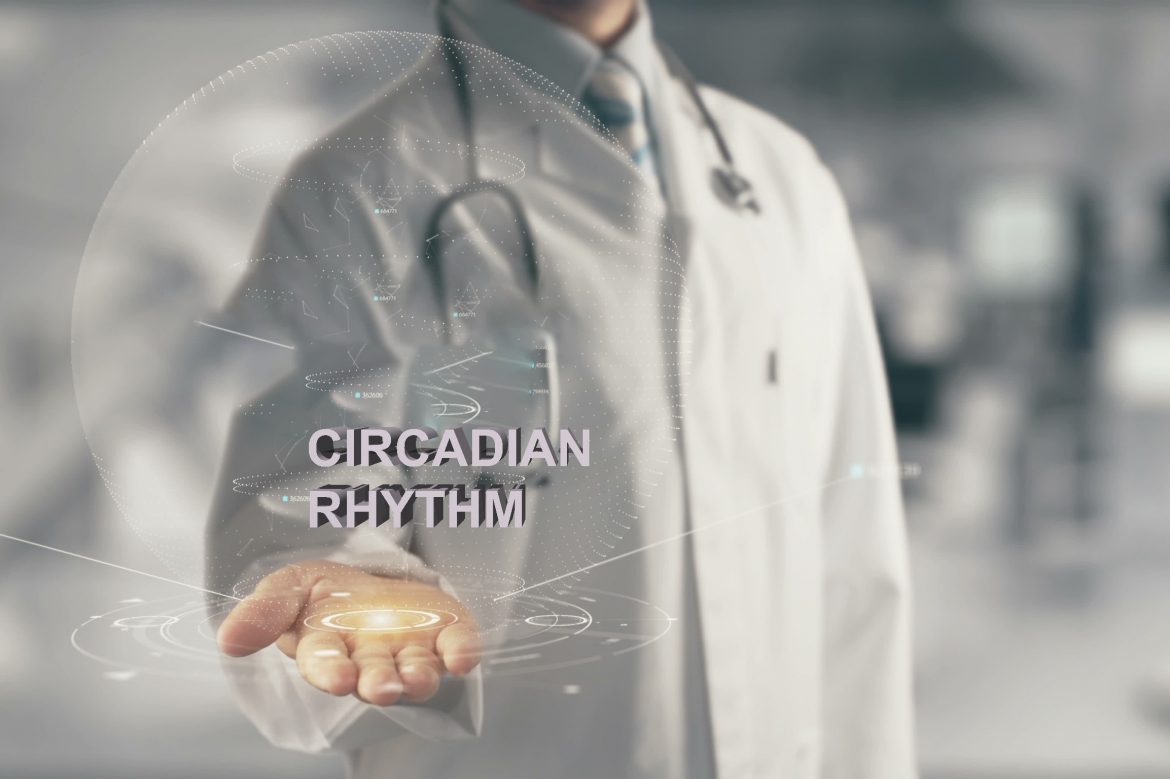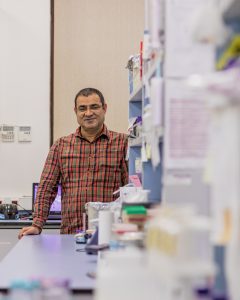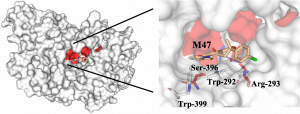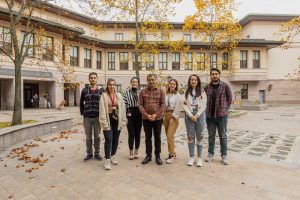
A Happy Coincidence: The Cure for Cancer May Be Hidden in Our Biological Clock
We all need to sleep. However, it is often a pleasure beyond necessity. Not only humans but all living things that have a nervous system sleep. In humans, the sleep-wake cycle usually follows a pattern of 8 hours of rest and 16 hours of wakefulness. So, how is the sleep requirement determined? Why do we feel sleepy?
Although it seems like a decision we make of our own free will, whether we go to sleep or wake up is in fact decided by our biological clock. The biological clock found in the hypothalamus region of the brain not only determines the duration of sleep, but also decides when we fall asleep and whether we dream or not. The expression of 50% of our protein-encoding genes in at least one tissue is also controlled by this system. The most well-known purpose is to adjust the metabolism to work at a minimal rate while sleeping at night and to keep it more active while awake. What is critical here is that all organs work in sync, meaning they work within the same time zone and regulate their activities accordingly. This whole system is called the biological clock, or circadian rhythm. This system has four main components: proteins called CLOCK, BMAL1, CRY, and PERIOD. The time-based interaction of these four major proteins provides a 24-hour control in mammalian cells.

Professor Dr. Kavaklı continues his studies on the biological clock with the funds provided by TÜBİTAK, TÜBA, and the European Community. He received the TÜBA-Outstanding Young Scientist Award (GEBİP) and FABED Eser Tümen Outstanding Achievement Award. With over 60 works published in international magazines and books, he also worked as an editor for many scientific journals.
If We Can Delete CRY from The Cell
However, exactly how these proteins work is yet to be figured out. Professor Halil Kavaklı from Koç University Department of Chemical and Biological Engineering, and the Department of Molecular Biology and Genetics, has focused his research on figuring out the working principles of these four proteins, which form a crucial life cycle. “One of the most important criteria for solving such mechanisms is through small organic molecules that regulate their activities,” says Kavaklı, who set to work by trying to solve the nature of CRY (cryptochrome), the one he was the most familiar with among these four proteins. In their article published in the November issue of Nature Communications, one of the most influential scientific journals in the world, Kavaklı and his team describe their research in which they found the molecule (M47) that regulates CRY after eight years of work and solved its mechanism.

In a theory he previously suggested in one of his articles, Nobel laureate Professor Aziz Sancar claimed that “if you manage to delete the CRY protein in a cell with a mutated p53 gene, you can protect the organism from cancer.” Kavaklı and his team decided to test this new approach, which was genetically predicted by Aziz Sancar, with the M47 molecule responsible for the destabilization of CRY in the cell. Mutation of the p53 gene means in a mammal that the organism has cancer. By using this data, Prof. Halil Kavaklı from Koç University Chemical and Biological Engineering, and Molecular Biology and Genetics Departments and his team experimented on cells with a mutated p53 gene and observed that reducing CRY level from the cell leads to the activation of other genes, which results in one thing that cancer dislikes the most: apoptosis. Apoptosis means programmed cell death. Since cancer cells divide rapidly and cannot die by apoptosis, the balance between life and death becomes disrupted, and cancer cells dominate the tissue they are in (see KURIOUS). In this case, despite the mutated p53 gene that causes cancer, removing CRY from the cell drives other oncogenes to initiate apoptosis in cancer cells, causing their death.
One of the most important findings of the research is that the newly discovered molecule reduces the half-life of CRY in a cell, meaning it can quickly reduce CRY levels in the cell. This also means that this molecule has the potential to neutralize the effect of a mutant p53 gene, which is responsible for almost half of the known cancer types. Of course, it was not easy to find this molecule, which required screening an entire library of molecules consisting of hundreds of millions of molecules, but they finally found the one with the desired properties.
After discovering the molecule, the team completed in vitro and preclinical studies. They also showed that the M47 molecule had a good pharmacokinetic profile at non-toxic doses and protected mice against cancer in the case of a mutated p53 gene. When the team administered the M47 molecule to p53-mutant mice, they determined an increase of 25% in their lifespan. Now, they are conducting studies on mice to see the effectiveness of this molecule in pancreatic and liver cancers, which have particularly high mortality rates.

The next step is receiving approval from the FDA (American Food and Drug Administration). The path to approval requires an independent laboratory to conduct the same study you have done in your own laboratories, reaching the same results. If you can successfully pass this step, the FDA approves a Phase-1 study, which is the first step of transitioning from lab to working with volunteers. However, these processes require rather a large financial support; as our country does not have accredited independent laboratories, and thus these tests are not cheap at all. Now, the mission is to find an investor and take these steps.
Cancer is one of the hottest and most researched topics in the scientific world. Several bright and promising, successful studies are being conducted. Prof. Dr. Halil Kavaklı and his team are also carrying out amazing research that may change the “destiny” of humanity and perhaps even all animals: For the first time, they have led to the idea of cancer treatments using a molecule that can identify a new target in the fight against cancer and delete this target inside the cell. This research, which may indeed yield historical results, fills us with hope once again and very strongly.
What if the biological clock goes off?
The circadian system is considered a central system, as it controls the time-based working of all systems in our body. Therefore, any disorder that may occur in the circadian system can lead to many diseases depending on the genetic background.
In the 1960s, the incidence of breast cancer was found more than 10 times higher among female nurses working night shifts and flight attendants flying intercontinental. Scientists determined that the internal and external clocks misalign in people when they have to stay awake during hours they should be asleep. This situation can lead to breast cancer in women and prostate cancer in men. Once the perception of time becomes disrupted in the cellular level, that is, if a disorder occurs in the circadian rhythm, the system definitely starts to crack. For example, the absence of CRY or BMAL1 proteins in mice leads to rapid aging and low survival rates.
In a study that Dr. Kavaklı was a part of, a mutation detected in CRY was associated with attention-deficit /hyperactivity disorder (ADHD). Dr. Kavaklı and his team characterized that mutant CRY is not being degraded. If this molecule they found can accelerate the breakdown of mutant CRY, it could also be a cure for ADHD related to this mutation.
